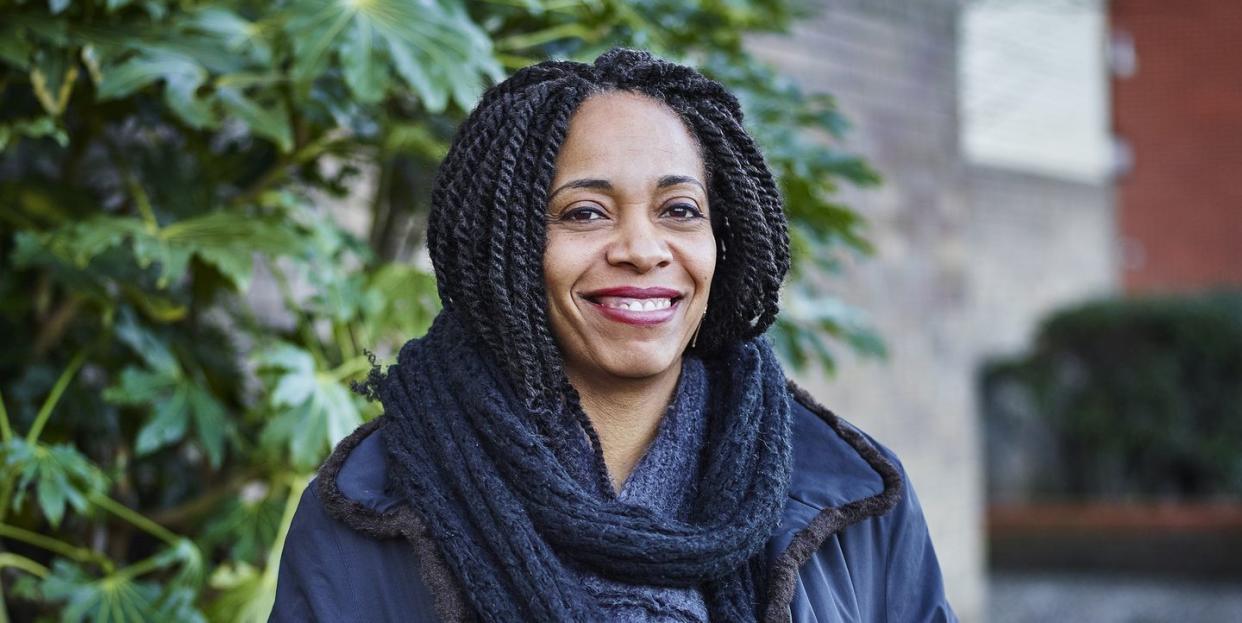Heard the theory that your 40s are your unhappiest age? Here's why that might be wrong

The theory that your happiness levels are high in your 20s, decline as you head towards middle age, crash in your 40s and then climb back up as you get older is one you're likely familiar with.
But the 'the U-shaped curve of happiness' idea is not as extreme or as universal as previously thought – that's according to a new interpretation of the study that proposed the concept, anyway.
Writing in The Conversation, David Bartram, Director of Research in Sociology at the University of Leicester, has explained his fresh analysis of the study which gave rise to the theory, which found that happiness levels tend decrease to their lowest at middle age, and then pick back up once people retire.
What could be wrong with the U-shape idea?
Bartram found that this extreme U-shaped pattern was not found in data from almost half of the European countries he looked at, including the UK. Instead, happiness levels stay much more level than previously thought.
When looking at the research methods used by economic professor David Blanchflower in his 2021 study, Bartram found that Blanchflower was using certain restrictions on the data he analysed, which made people seem much happier than they actually are in later life.
This was because Blanchflower had adjusted the data he used so that he was only comparing people of similar health, marital status, and wealth – as well as using an age limit of 70.
Adjusting the data like this meant that Blanchflower didn’t take into account, Bartram argues, the impact of health issues and decline, the loss of partners and friends, and the loss of employment and earnings on his subjects’ happiness.
And because people tend to live over the age of 70 in Europe, cutting off the age range at 70 meant that much of the findings omitted the impact of a longer life, which allows people to become poorer and less healthy as they age.
Bartram argues that this is misleading, because Blanchflower essentially removed many the factors that might contribute to an older person’s unhappiness, delivering a 'result that assumes nothing goes wrong in old age'.
So when are we happiest?
Although Bartram suggests we shouldn’t expect a wildly high level of bliss in retirement, we’re pretty lucky that in the UK our happiness levels don’t ever dip too low, hovering between 7.5 and 8 out of 10, no matter whether you’re 15 or 85.
Bartram accepts that there is a ‘reasonably evident’ U-shape to people’s happiness in the UK, but shows that it is a much flatter curve than previously thought. In fact, he says that if the data was collected again, without Blanchflower’s selectiveness, 'it would likely reveal a decline in happiness with old age'.
People's happiness changes depending on which country they're in
Interestingly, and perhaps unsurprisingly, different social welfare programs and average levels of wealth in different countries are a good indicator for a lack of a U-shaped happiness curve. This is very evident in Turkey, where there is a pattern of general decline in happiness levels, from 6.4 out of 10 at the age of retirement, to 5.0 in very old age.
It’s the opposite in famously happier Finland, where happiness levels stay above 8.0 throughout the whole length of life. So, it seems that the universal U-shaped pattern isn’t actually very universal.
Depressingly, then, Bartram’s findings suggest that we are not getting happier as we get older, because we’re more likely to face personal challenges. That’s not to say it’s impossible, but if you want to be happier, you’re statistically better off moving to Finland than waiting until you retire!
You Might Also Like


